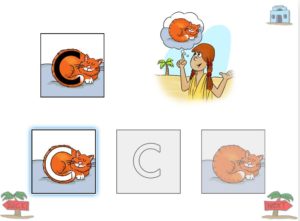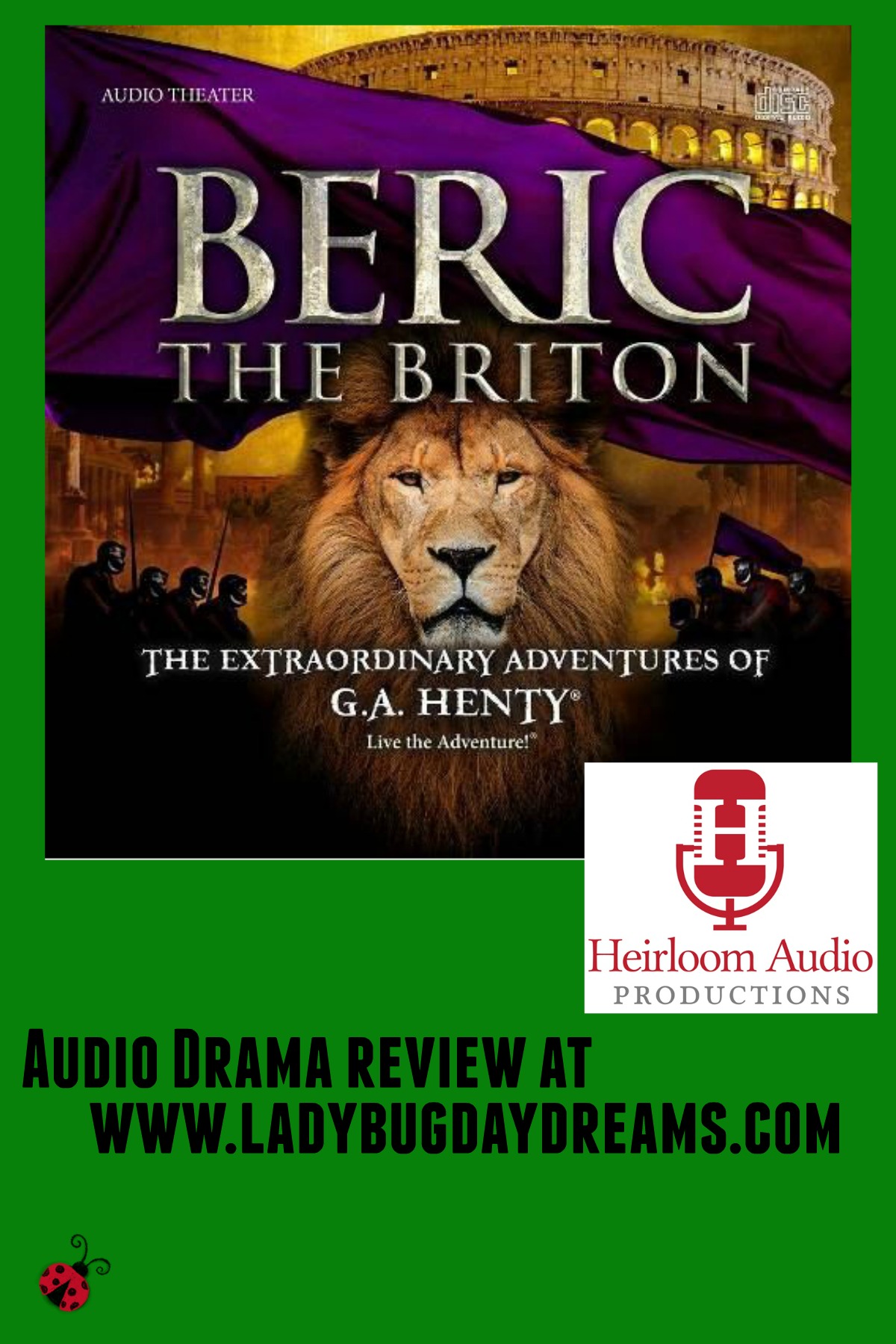Discovering God in Ancient Egypt (Heirloom Audio Review)
Heirloom Audio Productions has long been a favorite of the Homeschool Review Crew, and we only recently had the privilege of listening to one of their audio dramas (Beric the Briton, earlier this year). Seahawk liked it so much that he really wanted me to request that we be chosen to review Heirloom’s newest offering, The Cat of Bubastes (boo-bass-tees). Luckily for him, we were.

The Cat of Bubastes is another of G.A. Henty’s novels; according to what I heard from other members of the Homeschool Review Crew, it’s a popular one to start with if you’re new to Henty (I’ve personally never read any of his novels – in fact, prior to the Review Crew, I’d never even heard of Henty). This one takes us back to ancient Egypt – Moses-ancient, not Cleopatra-ancient. The drama opens with the capture of Prince Amuba and his advisor, Jethro, by the Egyptians. The pair is bought by a very nice man, and each of the men is given to one of their master’s children as their personal servant. Before long, they find themselves caught up in a murderous plot that will test their loyalties. All the while, their newfound faith is being tested at every turn, pushing them to discover God’s love and providence for themselves.
I’m not going to really beat around the bush here… I find audio dramas difficult to follow. I’m very much a visual person. Seahawk, however, is an audio learner. He does really well with things like this – even in other school subjects. (I never truly processed this until right this second as I’m writing this. Thinking back to the things that have worked with him vs. not, I can really focus with him on things that will help him learn better from now on.) Because of this, he really enjoyed this drama. We would put it on for about half an hour each morning as our history lesson, and at the end of our listening time, we would do some of the questions from the study guide (more on that in a second). I really liked having the study guide; it took something that was interesting to listen to and made it more “school-like.”
In addition to a physical copy of the 2-CD set, we received several digital resources to go along with it:
- an mp3 version of the drama, which is how we listened to it since we don’t have a CD player
- an e-book version of Henty’s original novel (which I put on Munchkin’s Kindle for him to read later)
- an mp3 soundtrack of the audio adventure
- a printable poster featuring the cast
- a PDF study & discussion guide
- a printable inspirational verse poster featuring the cover art from the CD and 1 Chronicles 17:20
- a behind the scenes video documentary featuring the cast and crew
- access to the Live the Adventure letter
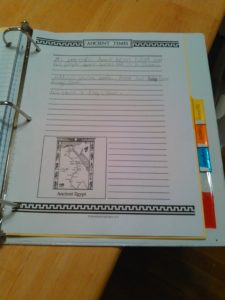 As I mentioned previously, we used the study guide to help enhance our enjoyment of the audio drama. In order to do this, I printed off some Ancient Egypt pages from my NotebookingPages.com membership and then read the study guide questions aloud to the boys. They then wrote the answers down on the notebooking page. I liked doing it this way rather than printing off the actual study guide because there was actually a place for them to record the answers. In the study guide itself, the questions are pretty stacked so there’s not much space for the answers if you want to keep a record of the learning from the drama. The study guide for The Cat of Bubastes is mostly questions (basic “how well were you listening?” type questions as well as “digging deeper” ones), but there are some other goodies in there as well, including vocabulary, bonus information about the time period, instructions for an ancient Egyptian game (which funny enough, my boys actually have, thanks to a Joseph-themed VBS this past summer), and even a recipe for bean cakes.
As I mentioned previously, we used the study guide to help enhance our enjoyment of the audio drama. In order to do this, I printed off some Ancient Egypt pages from my NotebookingPages.com membership and then read the study guide questions aloud to the boys. They then wrote the answers down on the notebooking page. I liked doing it this way rather than printing off the actual study guide because there was actually a place for them to record the answers. In the study guide itself, the questions are pretty stacked so there’s not much space for the answers if you want to keep a record of the learning from the drama. The study guide for The Cat of Bubastes is mostly questions (basic “how well were you listening?” type questions as well as “digging deeper” ones), but there are some other goodies in there as well, including vocabulary, bonus information about the time period, instructions for an ancient Egyptian game (which funny enough, my boys actually have, thanks to a Joseph-themed VBS this past summer), and even a recipe for bean cakes.
So what did we think of The Cat of Bubastes? Though I’m not really an audio person, I found Cat to be much more engaging than Beric. I found myself imaging what I was hearing much more easily than I have with other audio dramas in the past. Seahawk, of course, loved it. And Munchkin, well… he’s happy to have a new book on his Kindle to read later. 😉 Generally speaking, though, The Cat of Bubastes is another win for Heirloom Audio Productions.
Blessings,


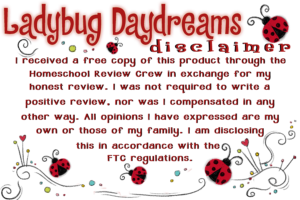


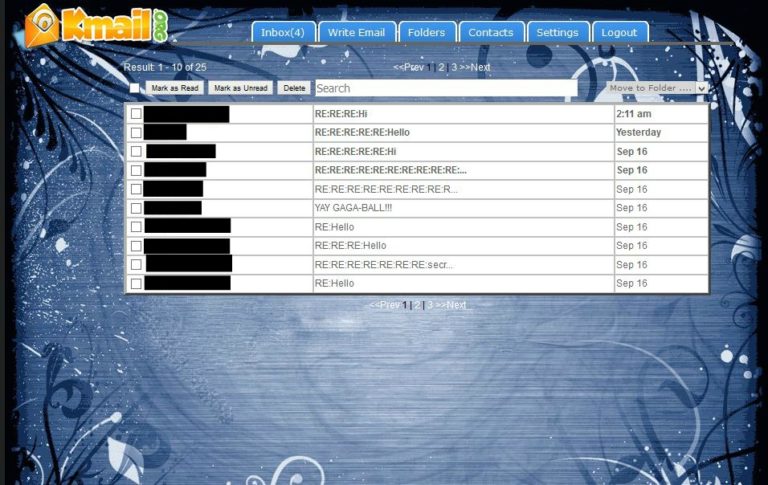


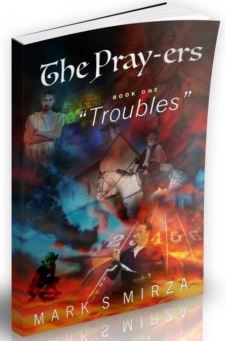 Troubles tells the stories of three men living in three different eras: Epaphras (from the first century), Alexander Rich (a contemporary of Dwight Moody living in post-Civil War Georgia), and Dr. Dale (modern times). Each of these men faces adversity in their prayer life and find themselves having to rely heavily on the Lord to overcome these problems. There’s a fourth point of view explored in this novel, too: that of the demons who are causing all the problems for these upstanding men of God.
Troubles tells the stories of three men living in three different eras: Epaphras (from the first century), Alexander Rich (a contemporary of Dwight Moody living in post-Civil War Georgia), and Dr. Dale (modern times). Each of these men faces adversity in their prayer life and find themselves having to rely heavily on the Lord to overcome these problems. There’s a fourth point of view explored in this novel, too: that of the demons who are causing all the problems for these upstanding men of God.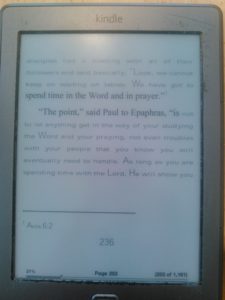
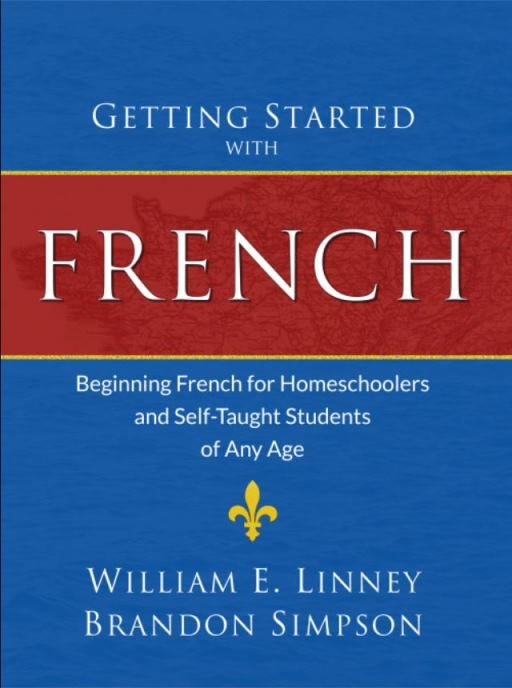 In our pursuit of the “perfect” language curriculum, we’ve tried lots of different things. (Spoiler alert: there’s no such thing as the perfect option.) We typically use computer-based curricula for foreign language because, even though I know some French, I’m far from fluent – even pseudo-fluent enough to teach it effectively. When I learned that members of the Schoolhouse Review Crew were being offered the chance to try out
In our pursuit of the “perfect” language curriculum, we’ve tried lots of different things. (Spoiler alert: there’s no such thing as the perfect option.) We typically use computer-based curricula for foreign language because, even though I know some French, I’m far from fluent – even pseudo-fluent enough to teach it effectively. When I learned that members of the Schoolhouse Review Crew were being offered the chance to try out 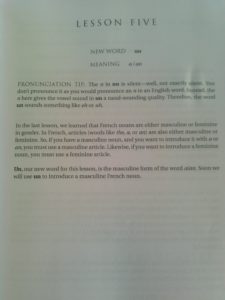
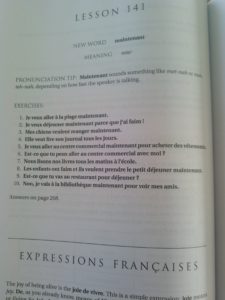
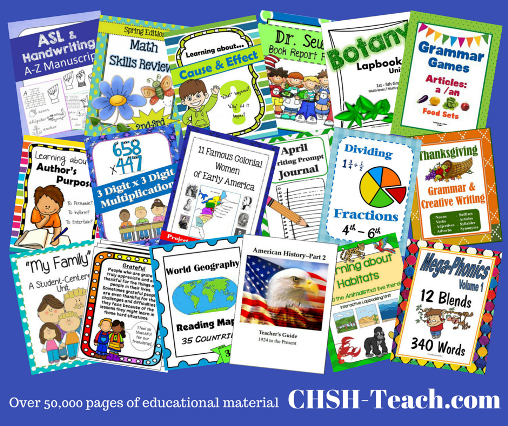
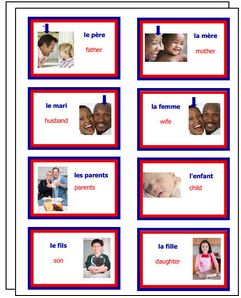 The first thing I printed using my Download Club membership was some French language flash cards for my husband. He really wants to learn the language, but struggles to find time to devote to Rosetta Stone. These flash cards were just the thing to help him work through some vocabulary on his own terms, especially when he was away from home.
The first thing I printed using my Download Club membership was some French language flash cards for my husband. He really wants to learn the language, but struggles to find time to devote to Rosetta Stone. These flash cards were just the thing to help him work through some vocabulary on his own terms, especially when he was away from home. Up next was something for Munchkin. Every so often, he expresses interest in learning yarn crafts from me, but apparently I’m not a very good teacher because he struggles to become proficient at them. On CHSH-Teach.com, I found a printout of basic knitting stitches. He knows how to cast on from my teaching, but actually knitting something has proved rather elusive for him. Now, he has a handy-dandy reference sheet to help him. Because he’s a good reader, sometimes things make more sense for him if he can look at a piece of paper and read instructions rather than watching and listening to me. He hasn’t put forth a huge effort in a while, but I’m sure that when he’s ready to give it a real go, this document will really help him.
Up next was something for Munchkin. Every so often, he expresses interest in learning yarn crafts from me, but apparently I’m not a very good teacher because he struggles to become proficient at them. On CHSH-Teach.com, I found a printout of basic knitting stitches. He knows how to cast on from my teaching, but actually knitting something has proved rather elusive for him. Now, he has a handy-dandy reference sheet to help him. Because he’s a good reader, sometimes things make more sense for him if he can look at a piece of paper and read instructions rather than watching and listening to me. He hasn’t put forth a huge effort in a while, but I’m sure that when he’s ready to give it a real go, this document will really help him. The last thing I spent a good amount of time on was a science program for Seahawk. Included in the Download Club ($25 for one year or $99.99 for life) is a whole series of full textbooks. That’s right: complete texts! So I downloaded a 7th grade level biology course for him, and that’s going to cover his science this year. There’s a digital textbook and student book, so it really is a complete program. We haven’t actually started this one yet, but it’s on my agenda for later this week (and I have looked at it myself, so I’m not completely clueless regarding it). We’ll also use the spelling pages for Seahawk. These are separated by grade level, and there are 4-week units for each grade. Because this is a subject he struggles with, we’re going to start at a much lower level than he’s at age-wise to help him work through and hopefully become a better speller. Because he’ll utilize several grade levels, this will likely last him most of the school year.
The last thing I spent a good amount of time on was a science program for Seahawk. Included in the Download Club ($25 for one year or $99.99 for life) is a whole series of full textbooks. That’s right: complete texts! So I downloaded a 7th grade level biology course for him, and that’s going to cover his science this year. There’s a digital textbook and student book, so it really is a complete program. We haven’t actually started this one yet, but it’s on my agenda for later this week (and I have looked at it myself, so I’m not completely clueless regarding it). We’ll also use the spelling pages for Seahawk. These are separated by grade level, and there are 4-week units for each grade. Because this is a subject he struggles with, we’re going to start at a much lower level than he’s at age-wise to help him work through and hopefully become a better speller. Because he’ll utilize several grade levels, this will likely last him most of the school year.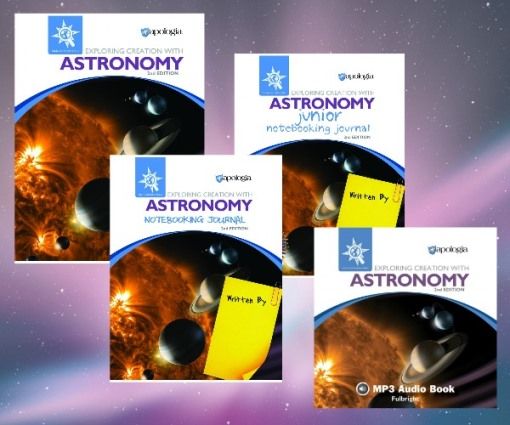
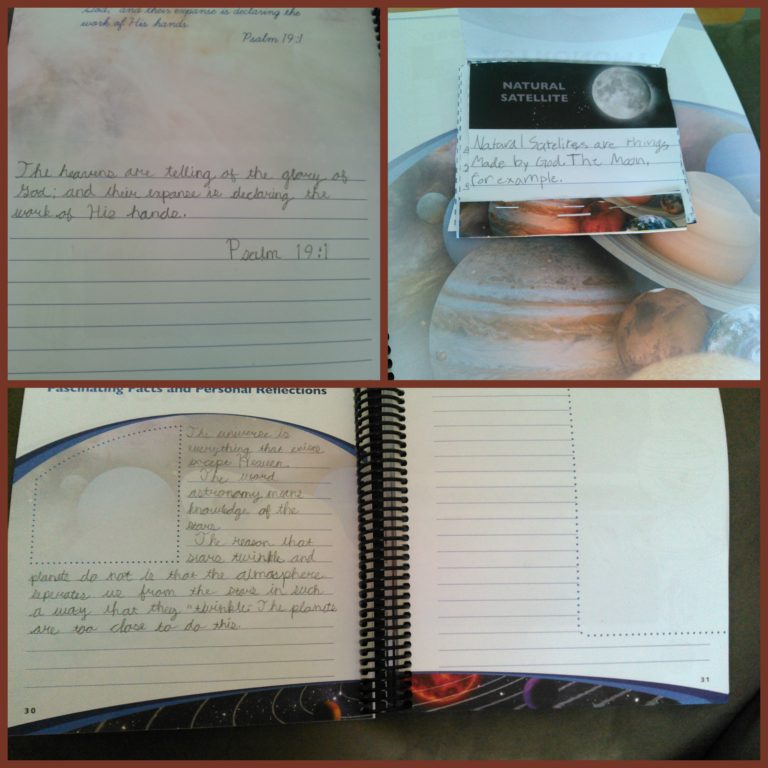 The Notebooking Journal and Jr. Notebooking Journal are hefty books (much thicker than the text) that are spiral bound for easy opening. There’s a huge variety of activities for each chapter including (but not limited to) minibooks, copy work, room for children to take notes based on what they read (or listen to, if you use the audio book), word puzzles, blank pages for drawing, experiment/activity recording, scrapbooking, and quizzes/tests. By the end of the school year, you’re left with a wonderful record of everything your child learned.
The Notebooking Journal and Jr. Notebooking Journal are hefty books (much thicker than the text) that are spiral bound for easy opening. There’s a huge variety of activities for each chapter including (but not limited to) minibooks, copy work, room for children to take notes based on what they read (or listen to, if you use the audio book), word puzzles, blank pages for drawing, experiment/activity recording, scrapbooking, and quizzes/tests. By the end of the school year, you’re left with a wonderful record of everything your child learned.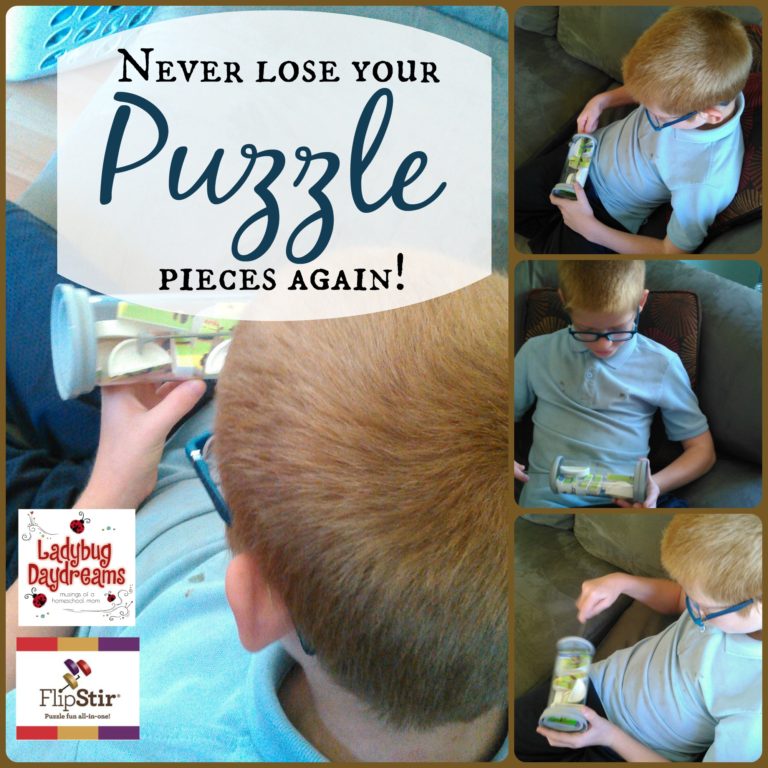
 I mentioned before that there are two levels; T-Rex is a level 1 puzzle. The other level one puzzle is rainbow colored pencils. Level 2 puzzles include the Statue of Liberty, the Solar System, and the Periodic Table of Elements. The difference between level 1 and level 2 is that the harder puzzles have wavy edges rather than straight ones. I haven’t tried a level 2 puzzle, but I imagine those wavy edges make it more difficult to move the pieces around inside their casing. The flip side (pardon the pun) is that once you get them into place, I bet they don’t try to slide out of place so easily. That sliding away from where you left them is one of the biggest hurdles to cross with the straight-edged puzzle.
I mentioned before that there are two levels; T-Rex is a level 1 puzzle. The other level one puzzle is rainbow colored pencils. Level 2 puzzles include the Statue of Liberty, the Solar System, and the Periodic Table of Elements. The difference between level 1 and level 2 is that the harder puzzles have wavy edges rather than straight ones. I haven’t tried a level 2 puzzle, but I imagine those wavy edges make it more difficult to move the pieces around inside their casing. The flip side (pardon the pun) is that once you get them into place, I bet they don’t try to slide out of place so easily. That sliding away from where you left them is one of the biggest hurdles to cross with the straight-edged puzzle.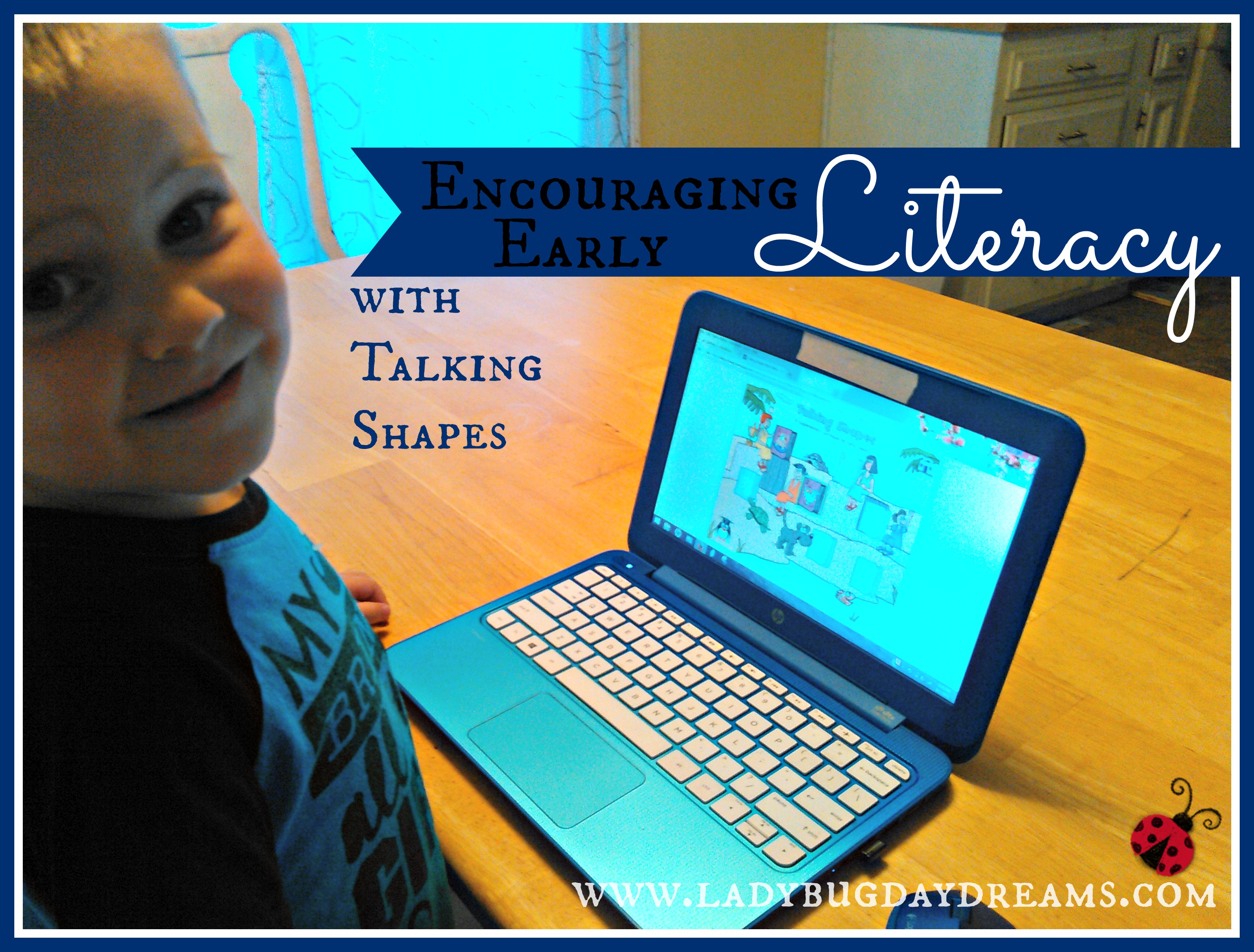
 So what is it? It’s called
So what is it? It’s called  The fictional characters in the program live in ancient times, and the two girls love to tell stories. They just wish there was a way of recording their stories so that wouldn’t forget them from week to week. In order to accomplish this, they develop a system of making symbols/pictures represent sounds, and now they’re sharing that system with young learners using the program.
The fictional characters in the program live in ancient times, and the two girls love to tell stories. They just wish there was a way of recording their stories so that wouldn’t forget them from week to week. In order to accomplish this, they develop a system of making symbols/pictures represent sounds, and now they’re sharing that system with young learners using the program.